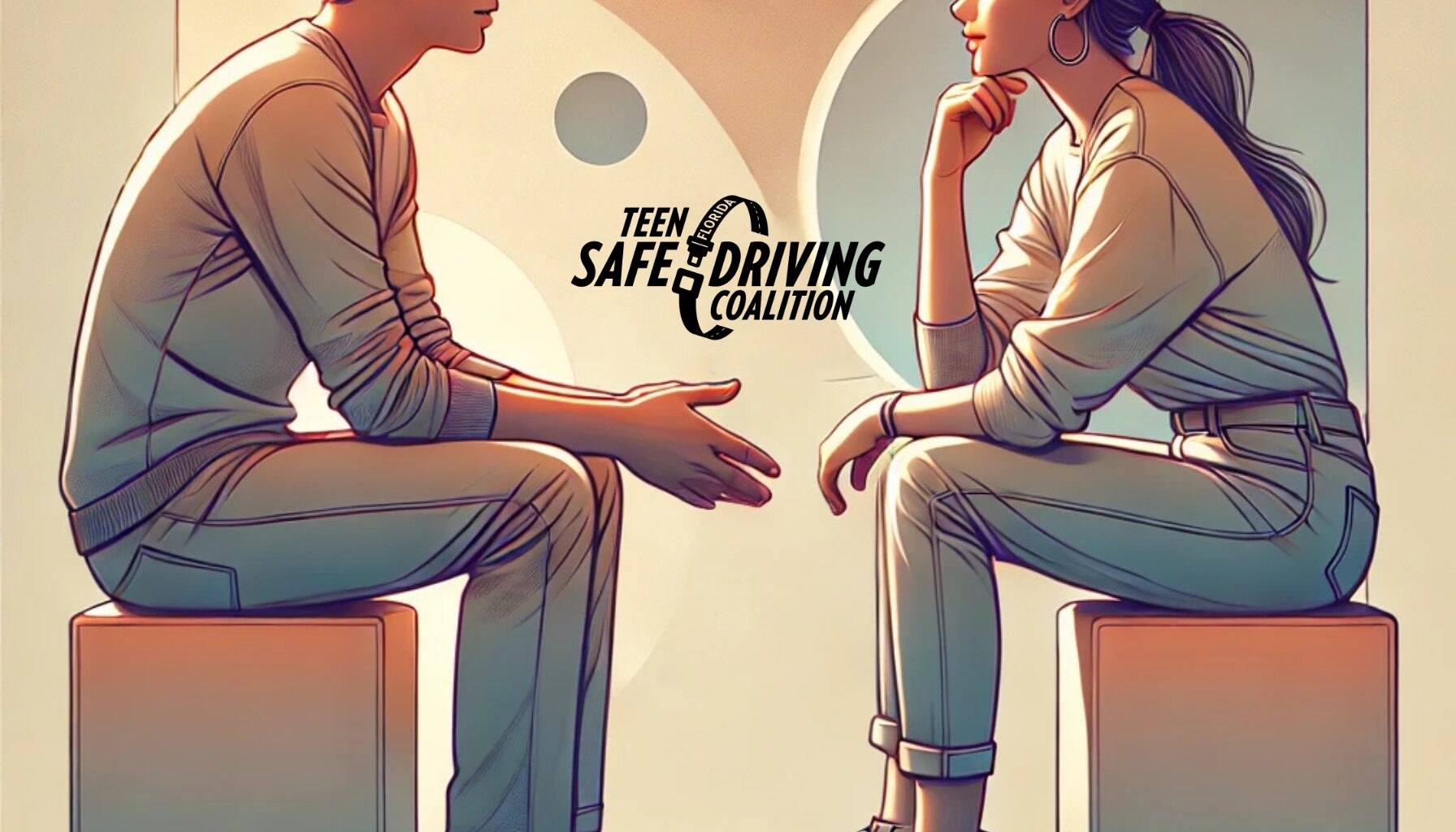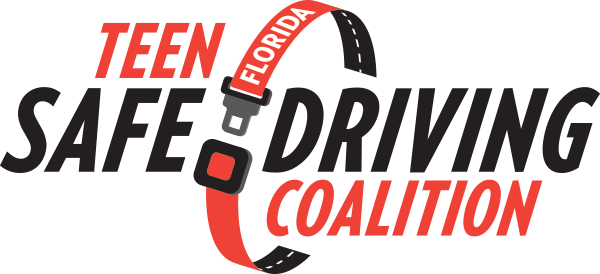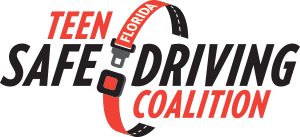
Communicating Effectively During Driver Training: A Parent’s Role
Teaching your teen to drive is a pivotal moment in both your lives. It’s a rite of passage for your teen, symbolizing their growing independence, but it also comes with considerable responsibility for you as a parent. The way you communicate during this process can significantly impact how your teen learns and practices safe driving habits. Positive, supportive communication fosters confidence and skill, while criticism or stress can lead to frustration and potentially unsafe behaviors. Effective communication between you and your teen during driver training is key to preventing crashes and ensuring their long-term safety on the road.
The Pressure of Learning to Drive
It’s important to acknowledge the anxiety that comes with learning to drive, both for the teen and the parent. Teens often feel overwhelmed by the complexities of driving—remembering traffic laws, managing distractions, and anticipating other drivers’ actions—all while dealing with the pressure to impress their parent sitting next to them. For parents, the tension of being in the passenger seat can lead to heightened emotions, especially if your teen makes a mistake or fails to follow instructions.
Understanding this dynamic is the first step to improving communication. Recognize that mistakes are a natural part of the learning process, and how you react to these mistakes can make or break your teen’s confidence behind the wheel. Instead of reacting with frustration or panic, aim for calm, constructive feedback that guides them toward better decisions in the future. Your goal is to build their confidence, not instill fear of driving or fear of your reaction.
Creating a Supportive Learning Environment
Your teen needs a supportive environment in which they feel comfortable making mistakes and learning from them. Start by setting expectations for practice drives. Let your teen know that it’s okay to make mistakes as long as they are willing to learn and improve. Encourage them to ask questions if they’re unsure about something, rather than assuming they know it all. This open environment allows for honest communication and reinforces that you’re there to help, not judge.
Being patient is key. It may take multiple tries for your teen to perfect certain driving skills, such as parallel parking or merging onto a highway. Patience during these moments will not only improve their skills but also show them that learning to drive is a gradual process. Encourage them with phrases like, “You’ll get it with practice,” or “Let’s try that again until it feels comfortable.”
The Dos and Don’ts of Providing Feedback
How you provide feedback to your teen during practice drives can greatly affect their ability to retain and apply what they’ve learned. Positive reinforcement and clear, calm instructions are far more effective than harsh criticism or micromanaging every move they make.
Do focus on what they’re doing right. Compliment them when they execute a maneuver correctly or follow traffic laws effectively. A simple “Great job using your blinker early,” or “I like how you checked your mirrors before changing lanes,” will boost their confidence and reinforce good habits.
Don’t overwhelm them with constant corrections. Too much feedback at once can cause stress and confusion, especially if they’re trying to focus on multiple tasks at once. If they make a mistake, like braking too hard or not fully stopping at a stop sign, address it calmly after the situation has passed. For example, say, “Next time, let’s make sure we come to a complete stop at the sign,” rather than reacting with frustration in the moment.
Do give clear, concise instructions. Teens are still processing a lot of information at once, so keep your instructions simple. Instead of giving them a long list of tasks to do (“Slow down, check your mirror, put on your blinker, and then change lanes”), break it down step-by-step as the situation unfolds. This will help them feel less overwhelmed and more in control.
Don’t compare their driving to yours or others. Saying things like, “When I was your age, I never had trouble with parking,” or “Your cousin got this down in no time,” only adds unnecessary pressure. Everyone learns at their own pace, and comparisons can erode their confidence.
Navigating Challenging Driving Situations
Certain driving scenarios, like merging onto a busy highway or driving in heavy traffic, can be particularly stressful for new drivers. As a parent, you can help your teen navigate these situations by providing calm, step-by-step guidance and remaining patient, even if things don’t go perfectly the first time.
When approaching a challenging driving situation, such as merging, begin by explaining what’s about to happen: “We’re coming up to a merge, so start by checking your mirror and looking for a gap in traffic.” As they follow through with the steps, continue to guide them calmly, “Good, now signal and wait for the right moment.” If they make a mistake, like merging too slowly or missing their chance, avoid showing frustration. Instead, let them know it’s okay to try again: “It’s okay, just try to be quicker next time—let’s find another gap.”
If you anticipate that certain driving conditions, like heavy rain or nighttime driving, will be too overwhelming at first, save these lessons for later. Build your teen’s confidence in less stressful conditions, and gradually introduce them to more difficult scenarios as they improve.
The Importance of Staying Calm
Remaining calm is easier said than done, especially when your teen is driving in ways that make you nervous. However, keeping your composure is essential for maintaining an effective learning environment. If your teen senses that you’re anxious, it will likely make them anxious as well, increasing the chances of mistakes.
If you feel yourself getting tense, take deep breaths and remind yourself that staying calm will benefit both you and your teen. If the situation becomes too stressful for either of you, consider taking a break. Pull over to a safe location and have a quick discussion about what went wrong and how to approach the situation differently next time. Sometimes, a short break can reset the mood and help you both return to the lesson with a fresh perspective.
Communication During Practice Drives
Driving practice is one of the most hands-on ways you can teach your teen the skills they need to avoid future collisions. During these sessions, communication is key, but how you communicate matters. Start by outlining what the session will focus on—whether it’s practicing parking, highway driving, or navigating through traffic. Setting clear goals gives the practice session structure and helps your teen know what to expect.
Throughout the drive, remain engaged and offer gentle reminders as needed. For example, if you’re working on lane changes, you might say, “Remember to check your blind spot before switching lanes.” If you notice a mistake, wait until the car is safely stopped or out of immediate danger before addressing it. This allows your teen to focus on correcting the mistake without the added pressure of doing it in the moment.
At the end of each practice session, have a short debrief where you discuss what went well and what needs improvement. Ask your teen how they felt during the drive and encourage them to share any challenges they encountered. This conversation reinforces the learning process and allows them to reflect on their progress.
To keep track of practice drives with your teens, use this resource!
Building Long-Term Safe Driving Habits
Communication during driver training doesn’t end once your teen has their license. In fact, it’s just as important to maintain open communication as they begin driving independently. Regular check-ins about their driving experiences can provide insight into areas where they might still need guidance.
Encourage your teen to come to you with any questions or concerns they have about driving. Whether it’s how to handle a specific road situation or understanding traffic laws better, being approachable and nonjudgmental will encourage them to seek advice when needed. You can also take periodic rides with your teen after they’ve received their license to observe their driving and offer further feedback.
Additionally, continue to model safe driving behaviors yourself. Teens are more likely to adopt the habits they observe in their parents, so demonstrate things like avoiding distractions, obeying speed limits, and practicing defensive driving. Your actions behind the wheel set the standard for what you expect from your teen.
Preparing for the Road Ahead
Communicating effectively during your teen’s driver training process is essential for their growth as a safe and responsible driver. By creating a supportive learning environment, providing clear feedback, and staying calm during challenging situations, you can help your teen develop the skills they need to avoid crashes and collisions in the future.
Remember that this is a learning process for both of you. Mistakes will happen, but how you handle them can make all the difference in your teen’s confidence and ability to drive safely. With patience, open communication, and ongoing guidance, you’re setting your teen up for success on the road—and giving them the tools to navigate their driving journey with confidence and caution.

